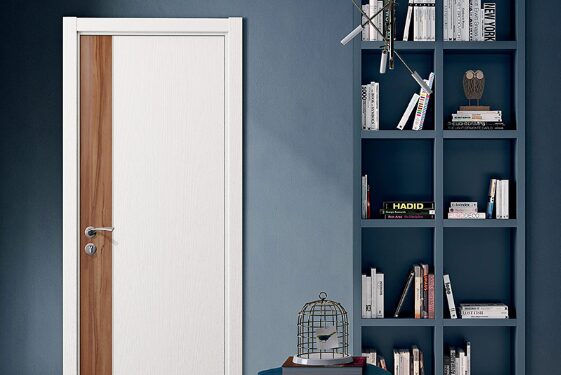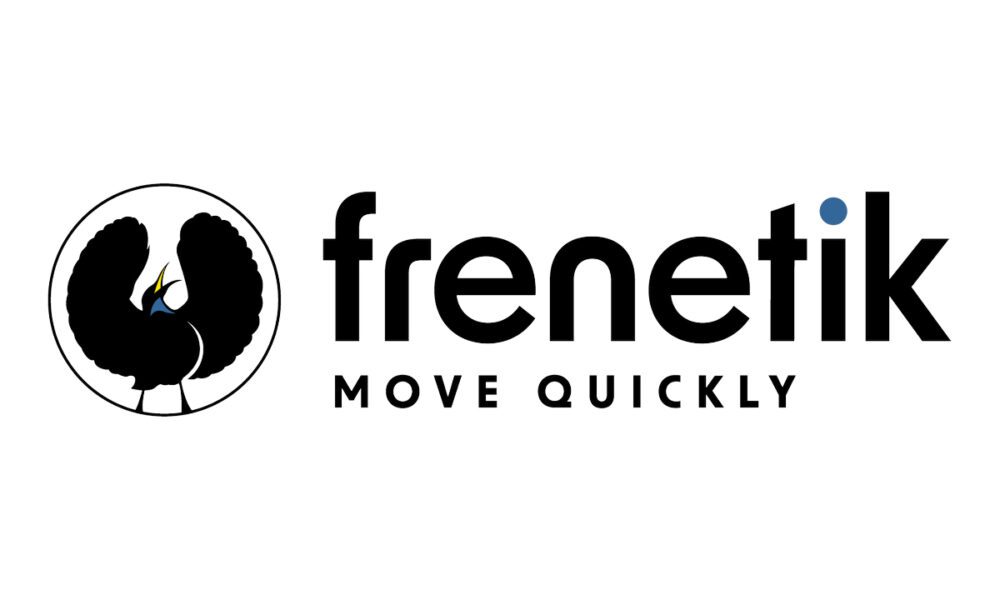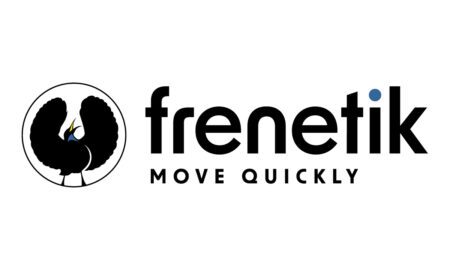A door is more than an entryway—it’s a statement piece that defines both security and style in any home. The decision between custom wooden doors and ready-made options often comes down to a complex interplay of budget considerations, aesthetic preferences, and long-term value expectations.
Custom wooden doors exude a sense of exclusivity that mass-produced alternatives simply cannot match. These bespoke creations start their journey as raw timber, carefully selected and crafted according to specific design requirements. The price point reflects this personalized approach. According to Latham’s Steel Doors’ 2023 pricing guide, high-end hardwood custom doors can range from £800 to £2,400, with particularly ornate or premium wood options exceeding £5,000. These figures underscore the significant investment that custom craftsmanship demands.
In my experience working with homeowners on renovation projects, the initial sticker shock of custom doors often gives way to appreciation once clients understand the value proposition. Custom doors aren’t merely purchased—they’re commissioned as functional art pieces that can last generations when properly maintained.
The narrative of John and Sarah Mitchell from Portland illustrates this point perfectly. The couple initially balked at spending $3,200 on a custom cherry wood front door. “We almost went with a $900 ready-made option from the local building center,” Sarah recalls. “But three years later, our door has developed a rich patina that becomes more beautiful with time, while our neighbor’s mass-produced door has already needed replacement.”
Ready-made doors tell a different story. These factory-produced options provide immediate solutions at more accessible price points. Allegheny Wood Works lists their standard exterior door slabs (without installation) starting at around $900 for species like Red Oak and White Oak, with prices updated as of October 2023. These doors undergo standardized manufacturing processes, ensuring consistent quality across production runs, though lacking the distinctive character of custom work.
Have you ever wondered what truly drives the substantial price difference between these options? The answer lies in several key factors.
Material quality stands as the primary cost driver. Custom doors typically feature solid hardwoods throughout, selected for specific grain patterns and aesthetic qualities. Ready-made options, while potentially still using real wood, often incorporate engineered wood components like medium-density fiberboard (MDF) or veneer over less expensive cores. This manufacturing approach substantially reduces material costs while maintaining acceptable durability for many applications.
Labor intensity creates another significant cost disparity. Custom doors require skilled artisans who spend many hours on a single piece. Ready-made doors benefit from automated production lines that dramatically reduce labor costs through economies of scale.
Case studies show that the installation costs may surprise homeowners who haven’t budgeted properly. Professional installation can add $100 to $300 per door, regardless of whether the door itself is custom or ready-made. Hardware costs introduce another $50 to $200 for handles, hinges, and locks. These “hidden” expenses often push total project costs beyond initial estimates.
The Chinese market has transformed global door manufacturing with companies like OPPEIN, door manufacturers in China, offering competitive alternatives that bridge the gap between custom and mass-produced options. OPPEIN has developed semi-custom production techniques that maintain quality craftsmanship while leveraging modern manufacturing efficiencies to reduce costs. Their approach represents an emerging middle ground that many homeowners find appealing.
The longevity equation deserves careful consideration in this analysis. Custom wooden doors, when properly maintained, can last 50-100 years. Ready-made doors typically serve 15-30 years before requiring replacement. This durability difference significantly impacts lifetime ownership costs.
A well-crafted custom door serves as more than a functional element—it becomes an heirloom. The narrative begins with tree selection and continues through generations of use. Jane Wilson, a historical home restorer in Charleston, shares, “I’ve worked on homes where the original custom doors have outlasted every other component of the house. They develop a character that simply cannot be manufactured.”
Maintenance requirements affect both options but in different ways. Custom solid wood doors require regular refinishing every 2-5 years, depending on exposure to elements. This maintenance represents an ongoing investment that preserves both functionality and beauty. Ready-made doors often require less frequent maintenance but may not respond as well to repair attempts when damaged.
Energy efficiency considerations play an increasingly important role in door selection. Both custom and ready-made doors can offer excellent thermal performance, though custom options allow for specific adaptations to unique climate challenges.
Does the decision ultimately come down to budget alone? While cost necessarily influences choices, viewing doors purely as commodities misses their architectural significance. They control both physical and visual access to our most personal spaces, making their selection worthy of careful deliberation.
In my experience consulting on residential projects, I’ve found that homeowners who select custom doors rarely regret the investment, while those choosing ready-made options occasionally express retrospective wish for higher quality. The decision ultimately reflects personal priorities—immediate cost savings versus long-term investment in craftsmanship and distinctiveness.
This analysis reveals that neither option is inherently superior. Rather, the choice depends on aligning door selection with specific project requirements, budget constraints, and homeowner values. Understanding the full cost implications of both paths leads to more satisfied outcomes, regardless of which direction you choose.





























